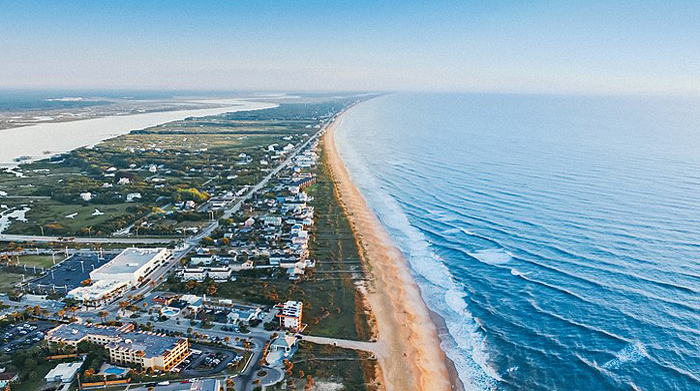New Million Dollar Hurricane Drone Introduced by FPL

Image courtesy of Lance Asper courtesy of Upsplash under the Unsplash License, resized to 700 x 391 pixels.
Florida Power & Light (FPL) is almost ready to launch its new, $1.2 million hurricane drone that it hopes will put its storm response efforts into overdrive. FPL has come out with a lot of cool emergency preparedness technologies in recent years, and this state-of-the-art hurricane drone is certainly no exception.
Nuts and Bolts of FPLs New Hurricane Drone
The 1,800-pound drone, called FPLAir One, is set to make its maiden voyage in August 2022. The vessel is designed to survey storm damage across Florida in order to help FPL optimize its storm recovery efforts. The device can literally go from one side of the state to the other without the need to recharge.
The company’s previous surveying tactics relied on bucket trucks or near-distance drones, both of which are obviously painfully slow when compared to the capabilities of a fixed-wing, long-distance hurricane drone. Additionally, FPLAir One can fly in tropical-force winds, unlike the smaller drones which cannot operate in wind speeds of greater than 35 mph.
Thus, not only is the new drone able to traverse dramatically greater distances in shorter periods of time compared to traditional methods, it can also be deployed sooner because there is no need to wait for the winds to recede. All of this enhanced speed will allow company officials to get restoration crews deployed in record time.
Like I said above, this is not the first emergency planning or storm restoration technology that FPL has introduced in recent years. Other technological advancements the company has launched include a tree-trimming truck that is operated via remote control, and an autonomous substation rover.
The bottom line is that the use of innovative technology can and should be leveraged by all electric utilities to optimize storm restoration. Whether the technology in question is a hurricane drone or something else, the tools are out there to make a real difference to customers and regulators alike, and as such, we need to figure out how to acquire, operationalize and utilize them to the maximum degree possible.



